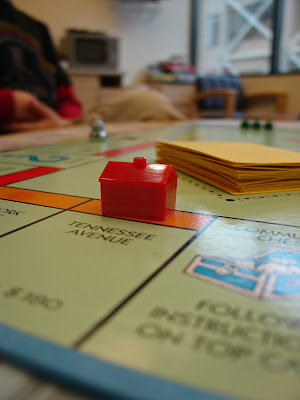Thinking of Flipping a House?
So, what is ‘flipping’ anyway? Flipping is simply buying a property with the sole purpose of re-selling it for (hopefully) a profit. It’s not an exact science, but there are certainly a few considerations to make before jumping in.
First, what’s your budget? There are two different budgets to plan for: 1. Finances 2. Time
- Finances. Remember, you not only need to buy the property, you need to have enough money to fix repairs, update, renovate, etc., etc. Figure out how much you can afford and/or want to spend, consider ALL costs involved in the flip, and STAY WITHIN YOUR BUDGET. One of the first mistakes beginner flippers make is going over budget. Do your homework! Look at comps. What are similar homes in the area selling for? Hope for top dollar but PLAN for bottom dollar. What profit margin are you shooting for? If you are shooting for 10-15% then plan accordingly and STAY WITHIN YOUR BUDGET.
- Time. Profit depends on turnaround time. On average, successful flippers turn a property around within 90 days. Budget your time accordingly. The longer the house sits on the market unsold, the less profit you will make. (Even if you aren’t paying interest on a mortgage, you are paying utilities, insurance, taxes, etc. on the property.) If you work a day job and plan on flipping in your extra time, be very careful not to get in over your head.
Next, what does the market look like? Maybe now isn’t the best time to jump into flipping. If the industry is slow or flat you stand to lose money.
Spend smart. Where should you put your money? Naturally, obvious issues should be addressed. i.e. scratches, dings, dents, old paint, etc. Fix all major problems like leaky pipes, electrical issues, etc. Next, make walls, cabinets, countertops, etc. look clean and fresh. Some spackle and paint will go a long way here without breaking the bank. Beyond that, put your money in kitchens and master suites. Pro’s will tell you these two rooms are typically where buyers make their decision. Be sure to keep décor fairly neutral and spend wisely. Just because you like those trendy drawer pulls that cost an additional $2/each doesn’t mean potential buyers will like them. Update without going overboard.
The bottom line is this – don’t jump in before you do your homework. Watch the market, ask a professional’s opinion, make a plan, and stick to your budget.



Comments